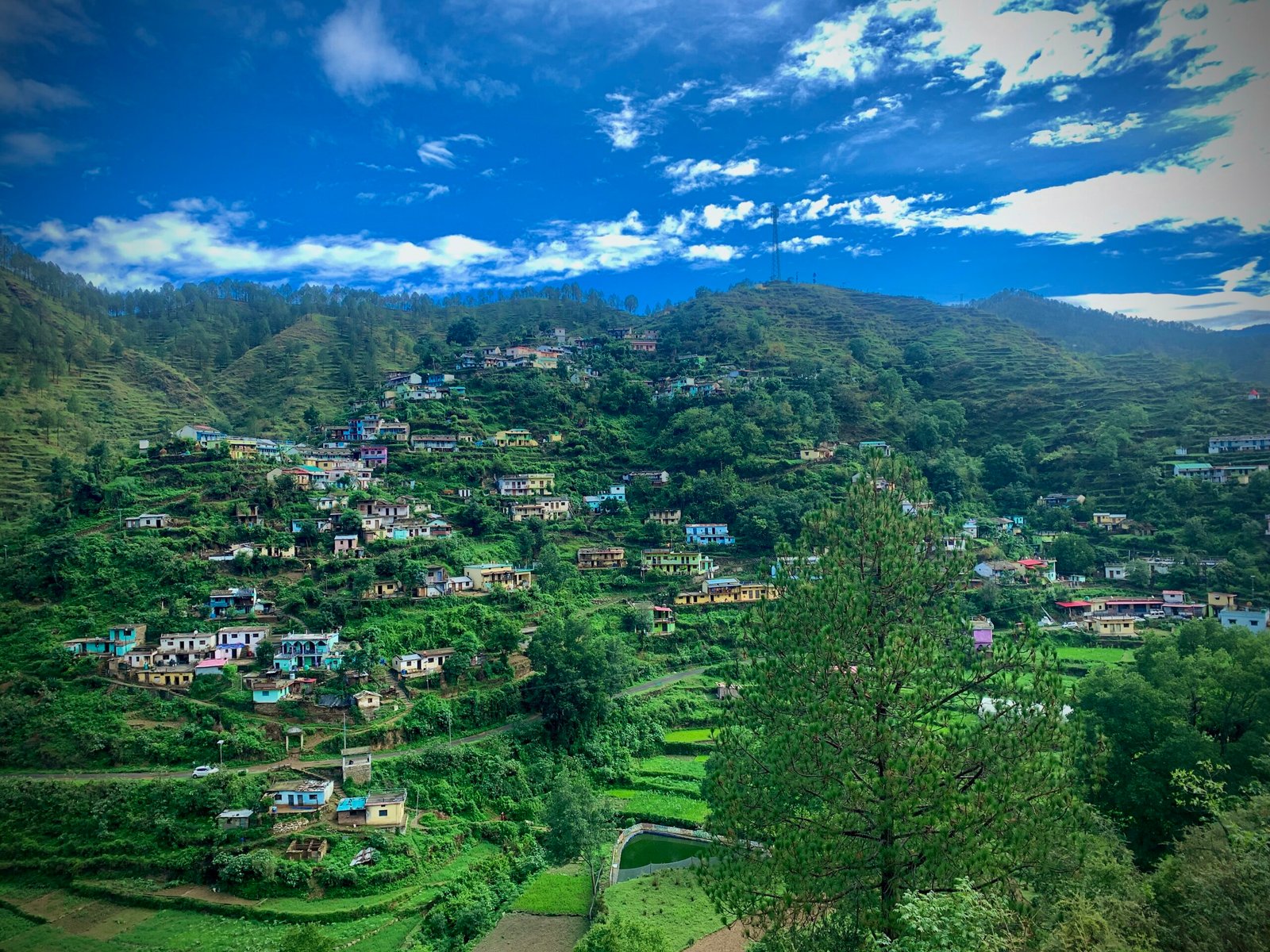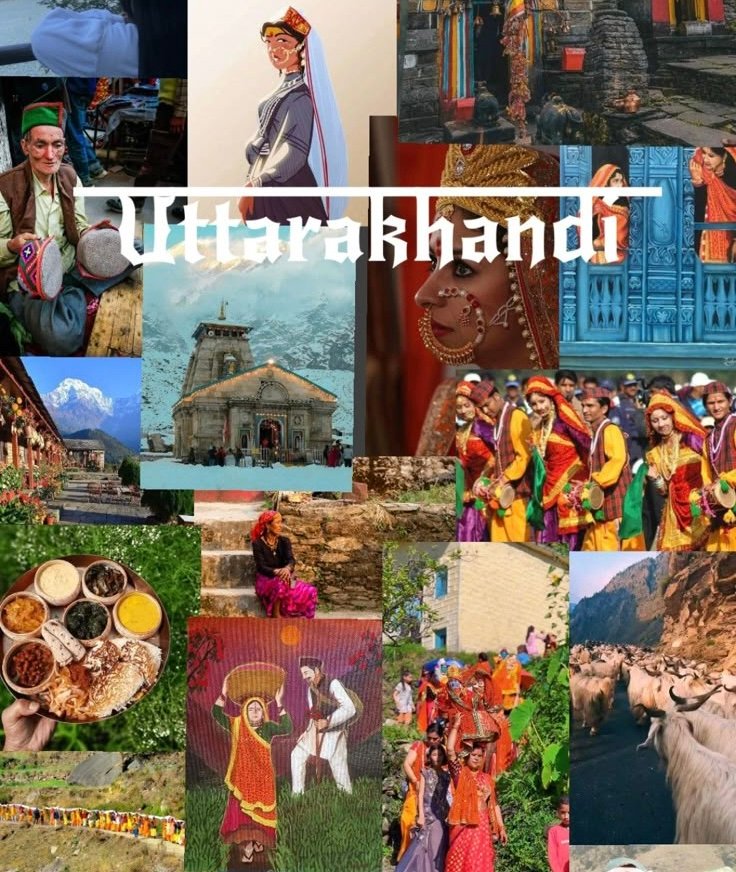If you’ve ever heard someone say “Uttarakhand is Devbhoomi,” you might have wondered why this Himalayan state got such a divine title. Honestly speaking, the answer isn’t just one line. It’s a mix of old legends, mythology, history, temples, holy rivers, and also the way people here have lived with faith for thousands of years. You walk into Uttarakhand, and at almost every step, there is either a shrine, a ghat, a sacred riverbank, or even a small village story that connects back to some god or goddess. That’s why, even today, when people think of Uttarakhand, they don’t just see a state of India. They see something spiritual, something beyond just geography.
MYTHOLOGICAL ROOTS
You see, in Hindu belief, the Himalayas are not ordinary mountains. They are considered the home of gods. Now Uttarakhand, being right in the lap of these Himalayas, has always been seen as extra sacred.
SAGES ,SAINTS, AND SACRED GROUND
For example,Kedarnath is believed to be the home of Lord Shiva. People say he still resides there. Badrinath, on the other hand, belongs to Lord Vishnu. And then you have Nanda Devi peak, which locals worship as Goddess Parvati herself. Imagine, even mountains are treated as living deities here. That’s not something you find everywhere.
And then there are the Pandavas from the Mahabharata. The story goes that after the big war, they wanted to leave the world behind. They climbed through Garhwal Himalayas for their final journey to heaven. Swargarohini peak, in fact, is said to be their path to the divine. These stories are so old, yet they’re still alive because people here continue to believe in them and repeat them.
Haridwar, one of the main cities in Uttarakhand, has a special place too. The tale says the seven sages, the Sapt Rishis, meditated there. The river Ganga, instead of disturbing them, split into seven streams so that their meditation would stay undisturbed. This is the kind of spiritual imagination that makes Uttarakhand “Devbhoomi.”
Even today, the evening Ganga Aarti in Haridwar feels magical. Thousands gather around, bells ring, chants echo, and the river looks almost alive with diyas floating. People who come once, they often come again because the energy is hard to put into words.
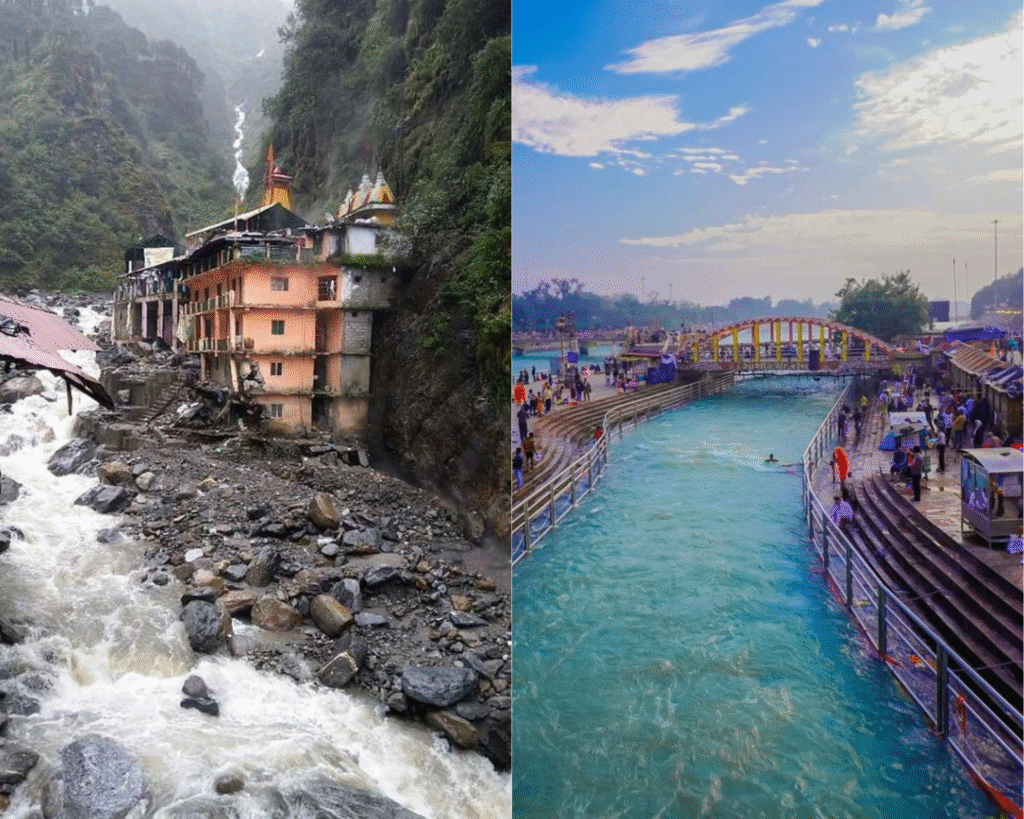
HOLY RIVERS WHO DEFINE THAT LAND
Now let’s talk about the rivers. If you ask anyone why Uttarakhand is sacred, they will definitely mention the rivers. The Ganga originates here, at the Gangotri glacier. For Indians, Ganga is not just water—it is a mother, a purifier, someone who washes away sins. Even scientists might look at it as just a glacier melting into a river, but for people here, it’s divinity flowing right in front of their eyes.
Then there’s Yamuna, starting from Yamunotri glacier. She is believed to be the sister of Yama, the god of death. Bathing in Yamuna, people say, gives protection from untimely death. Other rivers like Alaknanda, Mandakini, and Bhagirathi also carry stories, linking directly to gods and epics.
Honestly, that’s why people say in Uttarakhand, rivers don’t just flow—they bless.
THE CHAR DHAM YATRA
When we talk about Uttarakhand as Devbhoomi, the Char Dham Yatra cannot be ignored. It’s probably one of the most important pilgrimages in India. The four dhams are: Kedarnath (Shiva), Badrinath (Vishnu), Gangotri (origin of Ganga), and Yamunotri (origin of Yamuna).
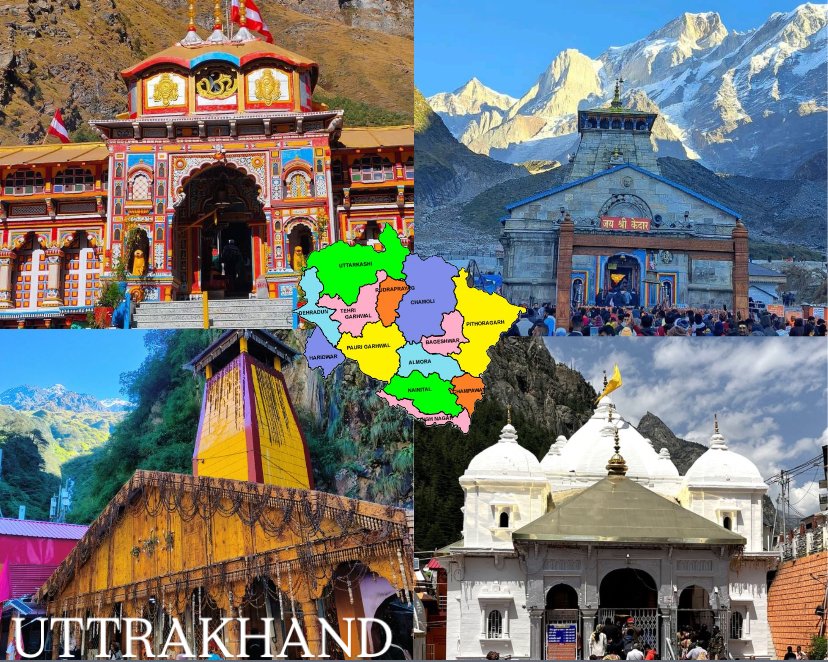
The way people see it, the yatra is like a journey of the soul—first purification, then devotion, and finally salvation. Pilgrims, old and young, rich and poor, all take this path. It’s not easy, especially Kedarnath trek, but the faith drives them forward. You’ll often meet people who have tears in their eyes when they finally stand before the shrine, after days of struggle. That’s the power of belief.
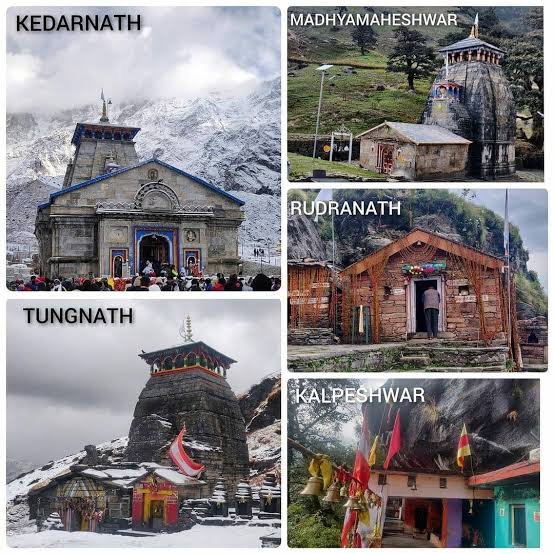
PANCH KEDAR , PANCH BADRI
And if Char Dham wasn’t enough, there are also Panch Kedar temples of Lord Shiva. The story is that Shiva tried to hide from the Pandavas by turning into a bull. But when they found him, his body got divided into five parts and each part appeared at a different location—Kedarnath, Tungnath, Rudranath, Madhyamaheshwar, and Kalpeshwar. That’s how Panch Kedar came into being.
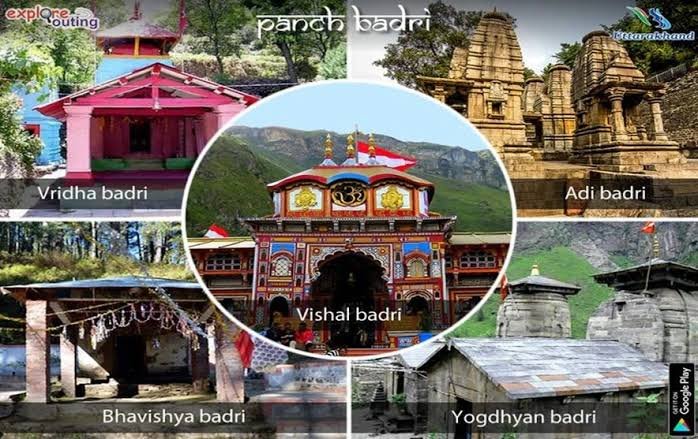
Similarly, Panch Badri is all about Vishnu in different forms—Badrinath, Yogdhyan Badri, Bhavishya Badri, Vridha Badri, and Adi Badri. Together, they add layers of devotion to the land.
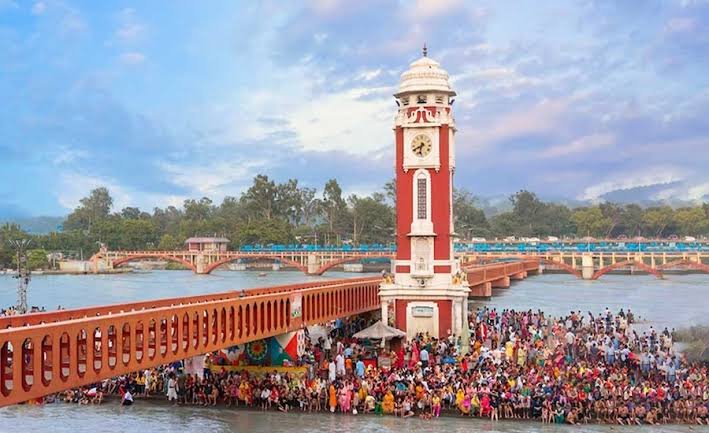
SPIRITUAL CITIES : HARIDWAR AND RISHIKESH
Haridwar is like a doorway to God. The very name means “Gateway to Lord Vishnu.” Apart from the daily Ganga Aarti, it also hosts the grand Kumbh Mela once in 12 years. Millions of people gather there—imagine an ocean of humanity, all united for one spiritual goal.
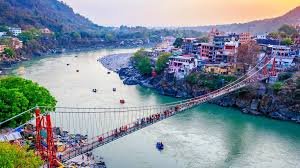
Rishikesh, on the other hand, is more about yoga and meditation. It’s called the Yoga Capital of the World. Foreigners, seekers, saints—everyone comes here to learn, practice, and find peace. Even The Beatles once stayed here in the 1960s, and after that, Rishikesh’s fame spread worldwide. Today, yoga festivals here attract people from every corner of the globe.
FESTIVALS , NATURE , AND THE DIVINE LINK
Uttarakhand is not just about temples and rivers. The whole land itself is seen as sacred. Peaks like Nanda Devi are worshipped as goddesses. Valleys like Valley of Flowers are considered heavenly. Festivals like Nanda Devi Mela and Uttarayani Mela bring people together, combining devotion with culture.
What’s unique is how nature and faith go hand in hand here. A mountain isn’t just a mountain—it’s a deity. A river isn’t just water—it’s life and liberation. This blend of natural beauty and spiritual meaning is what makes Uttarakhand truly stand apart.
CONCLUSION
So why is Uttarakhand called Devbhoomi? Because everywhere you look, there’s a connection to divinity. Be it the Char Dham Yatra, the Panch Kedar, the sacred Ganga, or even the daily rituals at Haridwar, the whole land breathes faith. It’s not just stories from the past—it’s living traditions that continue even today.
In the end, Uttarakhad is more than a state. It’s a feeling, a spiritual experience, a place where nature and divinity merge. And that’s why, for centuries and even today, people bow their heads and call it—Devbhoomi, the Land of the Gods.


